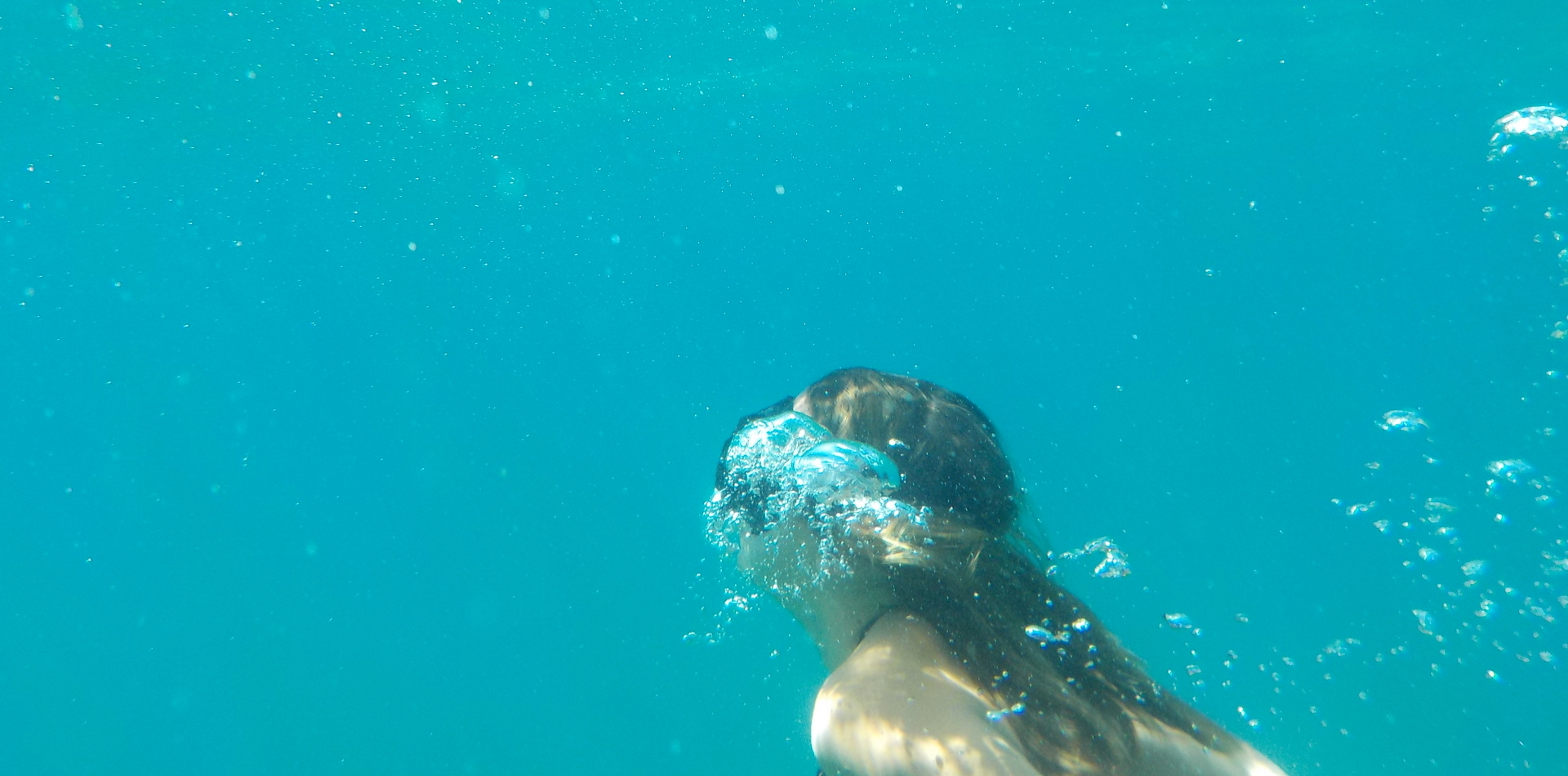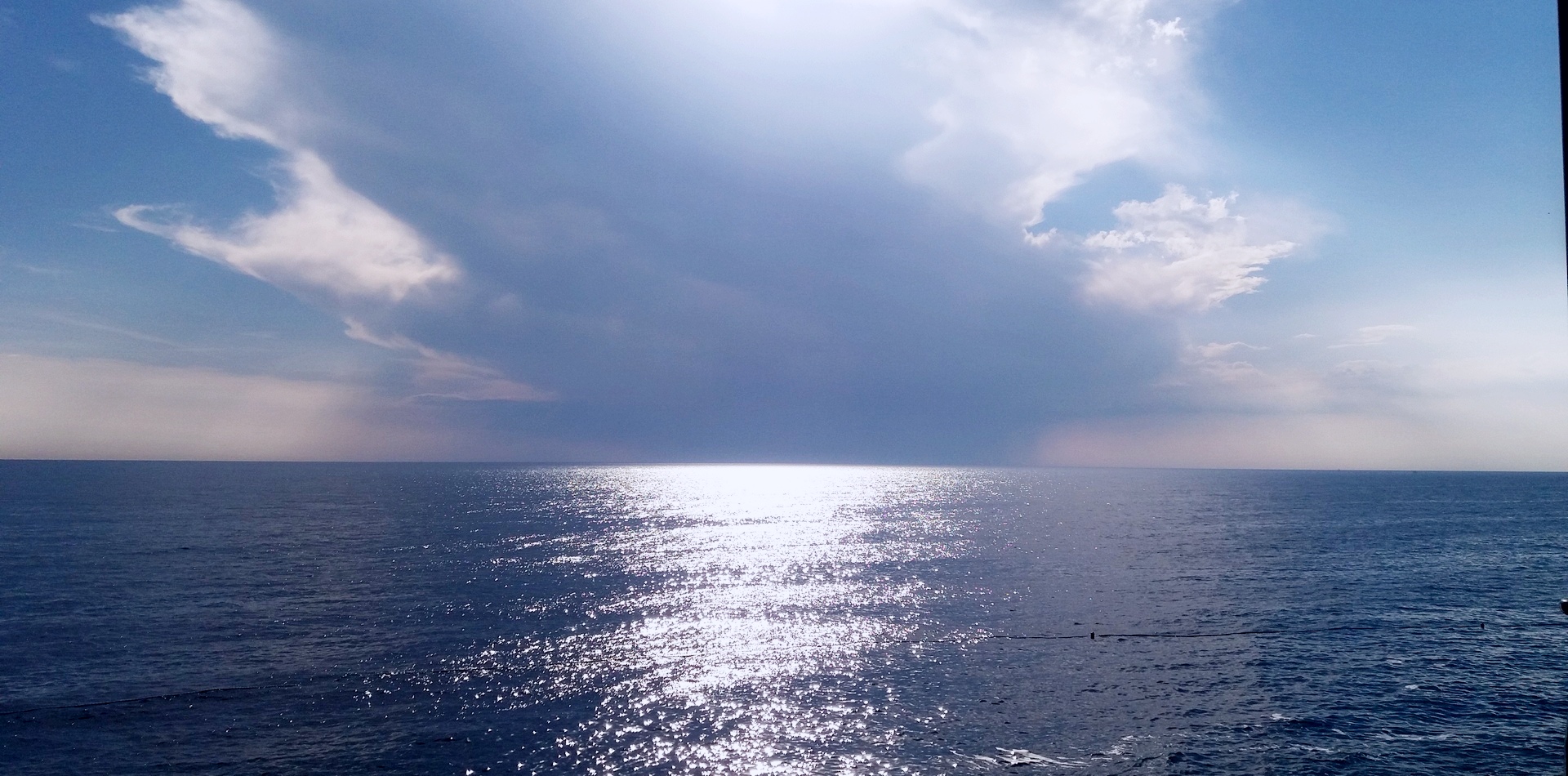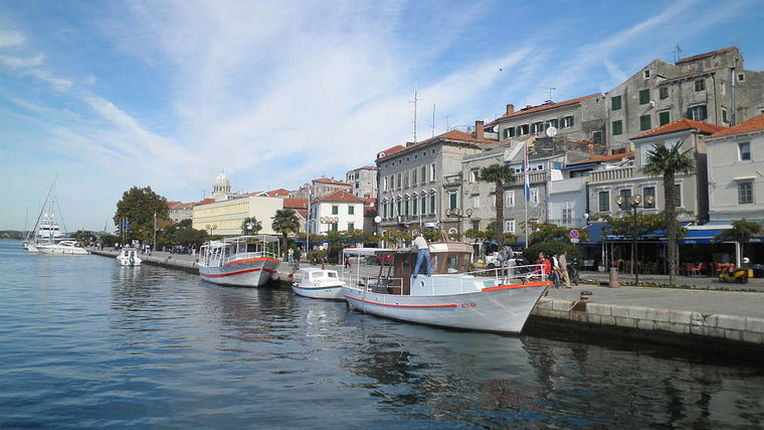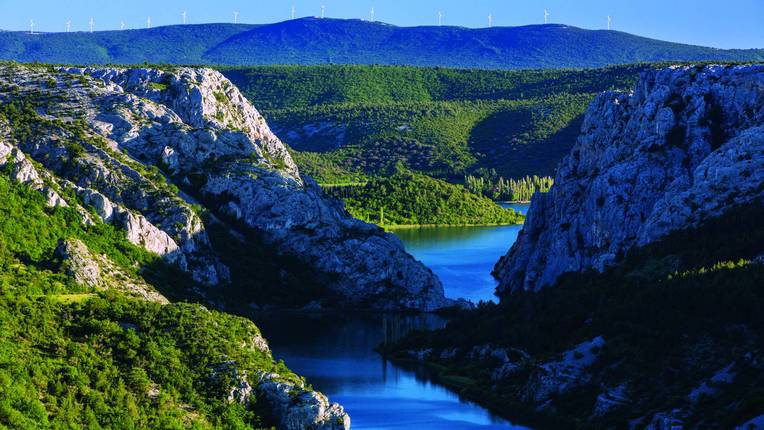- Details
- Super User
- Divertissement and excursions
- 2601
Nin - A small island in the middle of a shallow lagoon is the old town core of the small town of Nin, which is connected to the mainland by two stone bridges. Nin has an exciting past and beautiful present. Nin today is a historical and tourist town which looks for its development in the valorization of its historical heritage. In recent years, many monuments have been restored. Because of the importance of Nin in the history of Croatia, tourists visit from Croatia and elsewhere in Europe. They come especially to visit two symbols of the old town: the church of Holy Cross from the 9th century, called “the smallest cathedral in the world”, and the coronation church.
Zadar - The particularity of the city is irresistible for those who respect and admire historical monuments and cultural heritage, artists, tourists and its citizens. Zadar is a city monument, surrounded by historical ramparts, a treasury of the archaeological and monumental riches of ancient and medieval times, Renaissance and many contemporary architectural achievements such as the first sea organs in the world. Zadar is a city where huge spaces are left for pedestrians. Using your guidebook, your walk along the cobblestone streets of the city will become a walk through history, and also an experience of the contemporary life of the city. When tired, do try to take a break in one of our restaurants, pastry shops or coffee shops that you can find in the gastro offer of this guidebook. Enjoy listening to the concerts, visit the theatre, museums, and exhibitions.
Šibenik- is the oldest self-proclaimed Croatian town on the Adriatic, the capital and cultural, educational, administrative and economic center of the Šibenik-Knin County.
The cathedral St. Jakova in Šibenik is the most important architectural achievement of the 15th and 16th centuries in Croatia. Due to its exceptional values in 2000, it was included in the UNESCO World Heritage List. Each summer, a lot of concerts and events take place in the city (especially on the St. Michael Fortress). Also, starting in 2016 on a nearby island of Obonjan (6 kilometres (3.7 miles) southwest of the city) is held music, art, health and workshop festival.
Trogir - The town of Trogir was founded by Greek colonists from the island Vis. In Central Europe it was considered the best preserved Romanesque-Gothic city. Trogir has 2300 years of continuous urban tradition. Its culture was created under the influence of the ancient Greeks, and then the Romans, and Venetians. Trogir has a high concentration of palaces, churches, and towers, as well as a fortress on a small island, and in 1997 was inscribed in the UNESCO World Heritage List.
Entering sacral objects reveals some lesser and more famous details of history.
Split- is the largest town in Dalmatia, and the second largest city in Croatia. All historical layers from the old Rome, middle ages till today are still visible and alive in this structure. A walk through the ancient city takes you through time, along the great examples of ancient architecture like Peristyle, the middle aged Romanesque Church and Gothic Palace, Renaissance portals of the noblemen’s houses, Baroque facades and modern architecture superbly merged in the rich heritage.
Split is much more than a magnificent architectural masterpiece. The city is where you can enjoy top gastronomy and wine, find numerous cultural events such as movie and theater festivals, exhibitions, top museums and concerts, a city that offers entertainment from numerous clubs and bars across street events to festivals.
 Hrvatski
Hrvatski  English
English  Deutsch
Deutsch 




